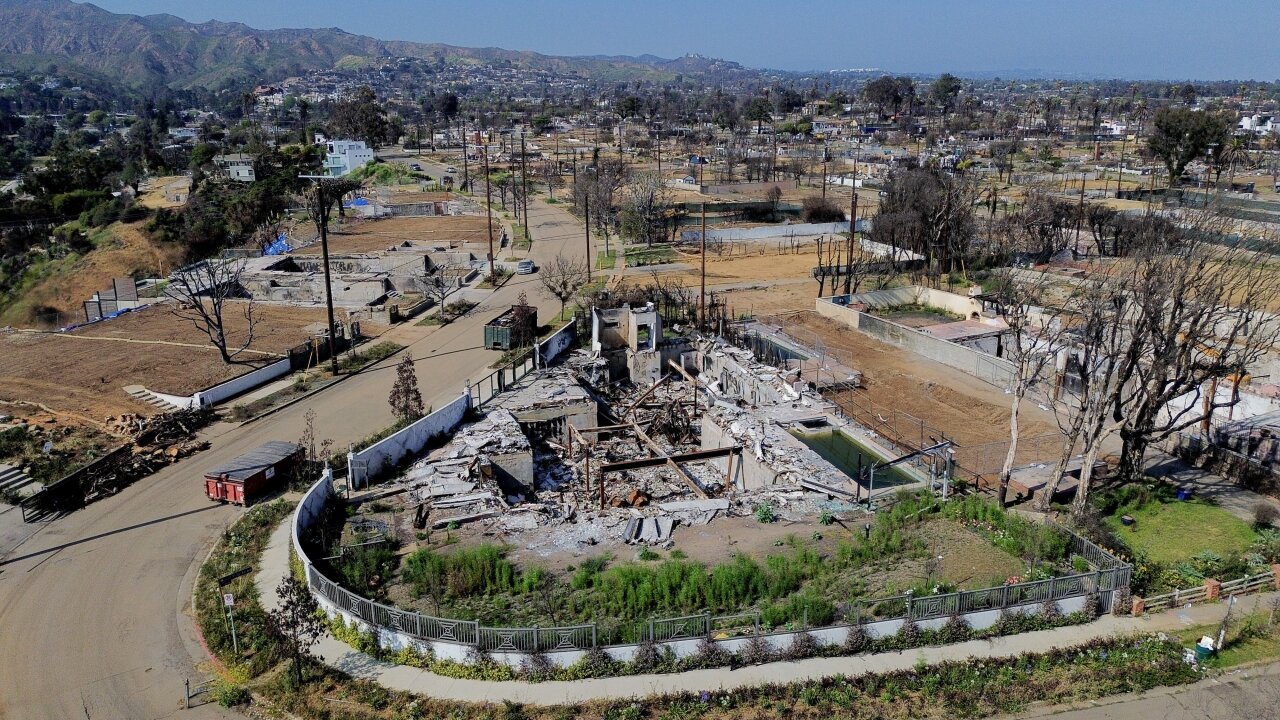Changing weather patterns intensified by climate change are having far-reaching implications across the globe. In TypTap's home state of Florida, residents have experienced elevated heat, humidity, and increased sea surface temperatures. Studies show climate change has intensified already dangerous natural disasters such as heavy rain, tornados, wildfires, and hurricanes – it's also presenting unpredictable weather events in areas of the globe that have been historically quiet. Many areas across the United States that were once considered low risk because of their minimal exposure to large weather events are being forced to reconsider their exposure management because of heightened weather activity.
These areas, historically, had predictable weather and stable premiums and were a source of profit for insurance companies. What we see unfolding across the country in recent years is that premiums for some properties are no longer commensurate with the risk. Inadequate premiums lead to a lack of profitability and impact the insurer's bottom line. Climate change presents uncertainty for insurance companies but also creates opportunities for technological innovation.
Insurers have underestimated the effects of climate change with minimal impact and leveraged broad-stroke approaches to provide solutions. Recent increases in the frequency and severity of weather events have caused carriers to re-evaluate this strategy. Insurers must adopt a forward-looking approach, such as leveraging data-driven underwriting for customized policies and better risk selection. By accurately assessing risks, insurers can reduce adverse selection and maintain a balanced portfolio of policies.
Homeowners policies are often underwritten when an insurance company has a favorable view of a region, county, or zip code – an approach that can miss opportunities at an individual house level. Through technology integration and a data-driven approach, insurance companies can navigate changing weather patterns. Insurance companies can make tailored underwriting decisions that allow them to become adaptable to individual risks, not the prior one size fits all approach. Risk reviews can be regularly completed to recognize recent mitigation changes, such as new roofs or infrastructure upgrades. This evolving ability to identify policies with optimized risk characteristics can produce a successful underwriting result, leading to financial stability. Insurers who lead the way in data-driven underwriting can gain a competitive edge by offering a more accurately priced policy.
Advanced data analytics can help insurers identify areas that are likely to be affected by extreme weather events. This proactive approach allows for pre-positioning resources and preparing to respond promptly when a disaster strikes. By leveraging technology, insurers can transform the post-disaster experience for policyholders. Quick response, efficient claims processing, and access to resources help homeowners rebuild their lives faster and minimize the disruption caused by extreme weather events. This benefits policyholders and enhances an insurer's reputation for being responsive and supportive post weather events.
Federal, state, and local governments should encourage the hardening of new and existing homes through stronger building codes and community education. This involves implementing regulations that require more resilient building codes and materials. The installation of impact-rated windows and doors is an example of how building codes can be used to enhance home durability. Stronger building codes immediately safeguard new construction. Encouraging homeowners to retrofit their existing homes with improved resilience measures. Each step allows communities to become more resilient and recover from natural disasters. These changes often require a long-term perspective and collaboration between urban planners, engineers, and communities.
Property owners can mitigate damage from weather events with small and large proactive measures. Small actions to prevent damage from a wildfire may include keeping gutters and roofs clear of leaves and debris. Larger actions include creating defensible space around private property to limit wildfire exposure and ember intrusion. These actions empower individuals to take responsibility for their own safety and that of their community. Regular review and adjustment of strategies ensure that they remain effective in mitigating the impact of disasters.
Collaboration among all stakeholders is essential to navigating the effects of changing weather patterns. Working together to learn from past events and embracing new technologies will lead to more well-rounded solutions for all parties.






